Robots are helping to accelerate production in the emerging world of vertical farming.
Vertical farming is a method of farming in which everything is grown indoors. Plants are grown in vertical rows rather than horizontal rows, thus giving the term vertical farming. This allows for year-round crop production without worrying about the weather affecting growth or production. Climate controls are also in place to eliminate temperature variability.
Vertical farming also uses space more efficiently by growing plants closer together, therefore using less land than traditional farming methods. It also reduces runoff because there isn’t as much wasted water to drain away.
Plants can be stacked on top of each other vertically and use artificial lighting that replaces sunlight to allow for continuous production throughout the year.
With the field of robotics introduced into vertical farming, there is a more efficient use of space
Much like any other type of farm or arable land, vertical farms need to be maintained. Because these farms are entirely indoors, this means all maintenance must be done by robots rather than humans who need to work outside to maintain the farm.
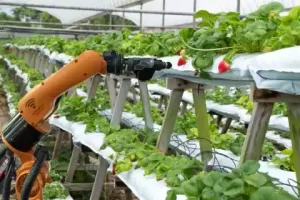
How Robots are used in Vertical Farming:
- Seeding
- Irrigation (by spraying water)
- Harvesting (by cutting leaves and fruits off plants)
- Pest control (if applicable)
A challenge in vertical farming is developing a robot designed for:
- Enabling agricultural production systems to autonomously plant
- Monitor crop development status
- Provide real-time diagnostics of environmental conditions
- Detect diseases
- Pollinate flowers directly without relying on honeybees or other natural pollinators
- Weed fields using mechanical weeding tools
- Apply treatments using sprayers precisely located throughout the greenhouse using vision guidance systems and/or autonomous mobile platforms
- Harvest fruits and vegetables when ready for harvest
- Sort produce to ensure that only the desired mature fruits or vegetables are picked
How Robotics are Accelerating Vertical Farming
With the field of robotics introduced into vertical farming, there is a more efficient use of space. Pavers can be programmed with robotics to move around in designated paths throughout the farm rather than having humans moving around the farm manually. This makes it easier for harvesting because humans are no longer needed to pick certain crops off the plant by hand. For example, lettuce would be harvested using a robot arm that picks up leaves one by one until it’s able to remove all of them from the stem. Robots also make it possible for separate seasons to overlap so some plants can continue production while others are resting over the winter months. By taking less time off, it allows for an overall higher yield and better production overall.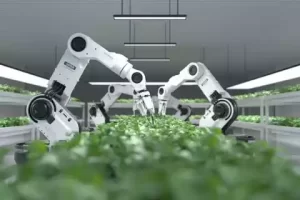
How Vertical Farms Save Water & Feed More People
Vertical farming technologies are a way to reduce food waste and help with food production to feed the ever-growing population while using less water than traditional farming methods. By using robotics in vertical farming, we can improve efficiency even more by programming robots efficiently through pre-programming or even artificial intelligence. According to NASA regarding indoor farming, currently a global market worth $2.9 billion, some estimates project the vertical farming market could reach $7.3 billion by 2025. As agricultural technology advances, so does vertical farming itself allowing them both to grow together. As technology advances, so will robotics and its uses in not only vertical farming but other types of products as well.Other Technologies used in Vertical Farming
- Hydroponic systems which involve growing plants without soil using mineral nutrient water. They are suspended but have a constant supply of water.
- Aeroponic systems that suspend roots in the air without soil and are intermittently misted with water instead of having a constant supply.
- Aquaponics is like hydroponics but also involves keeping fish and raising them on organic farms. By adding fish into the system, they help keep the water clean enough for crops to grow.
- LED lighting can reduce electricity consumption by 40% compared to traditional fluorescent lamp systems.
- Sensors pick up information about the crops and send it to a central location that can track everything from temperature, nitrate levels in the water, humidity, carbon dioxide levels, etc.
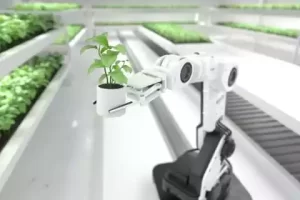
In the News
According to CNBC, Walmart has said it’s investing in the vertical farming company Plenty. The company will sell its leafy greens in Walmart’s California locations. This is a huge step for grocery stores because shelf-life will increase and delivery time will decrease as the growing systems are close to the stores.
Also making headlines is Bowery Farming. The company is the nation’s largest vertical farming operation. According to PRNewswire, Bowery’s two newest operations “will create more than 200 year-round green jobs across both markets and provide locally grown produce to a population of 20 million and 16 million within a 200-mile radius of Locust Grove, Georgia, and Arlington, Texas, respectively. Both farms are expected to open in the first quarter of 2023.”
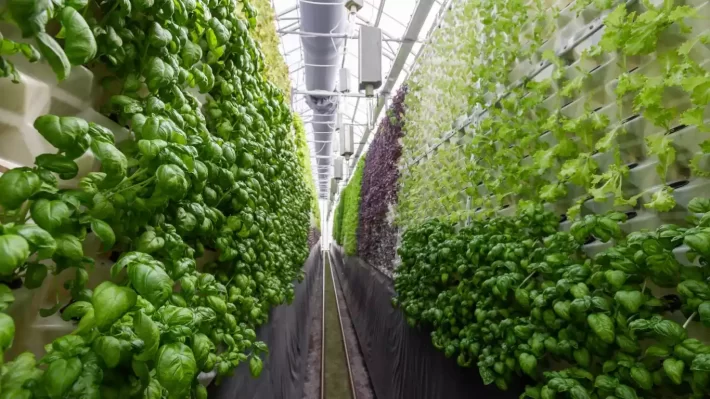
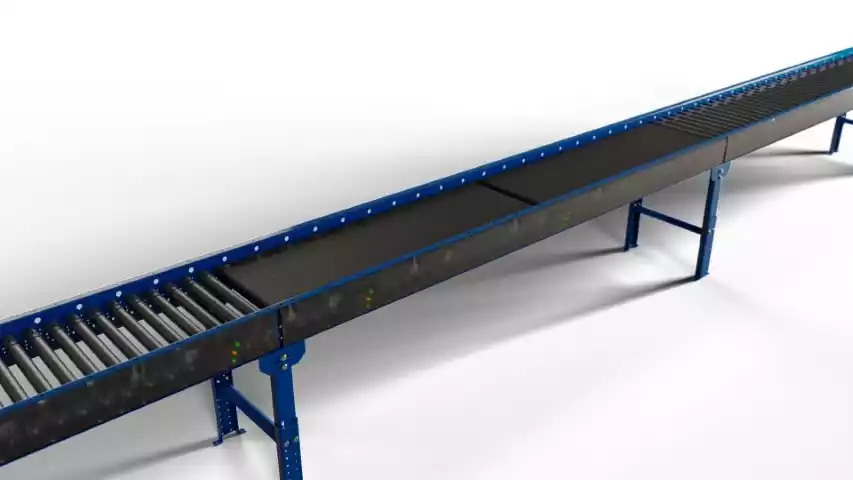
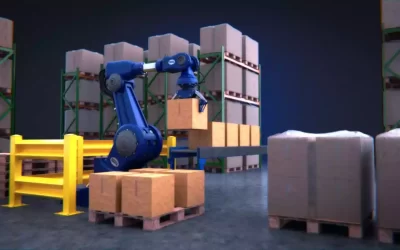
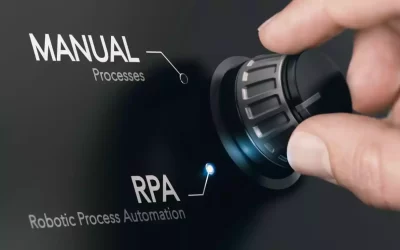
0 Comments